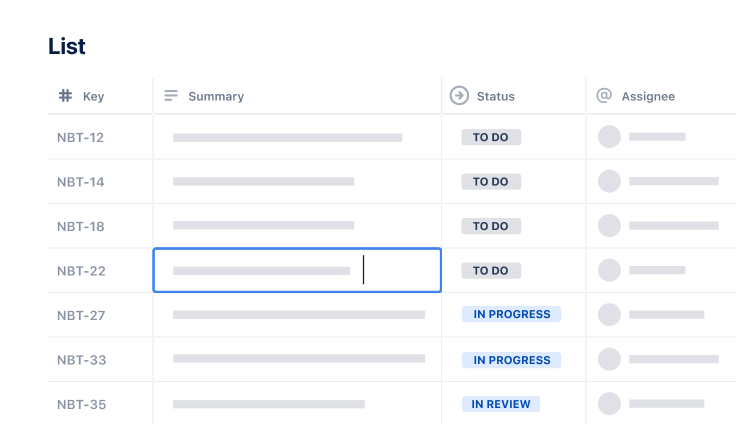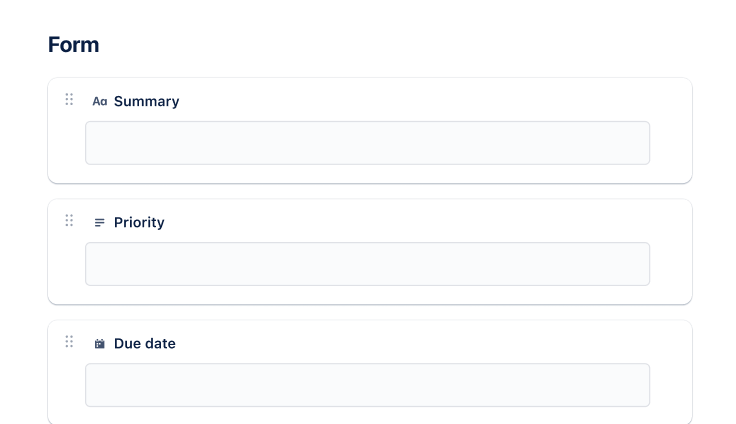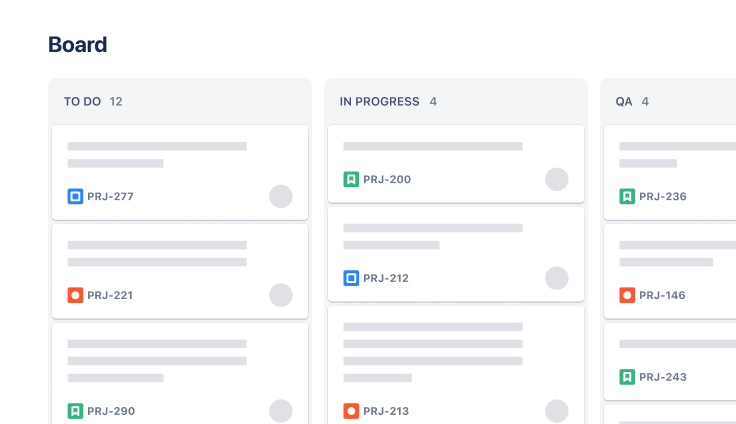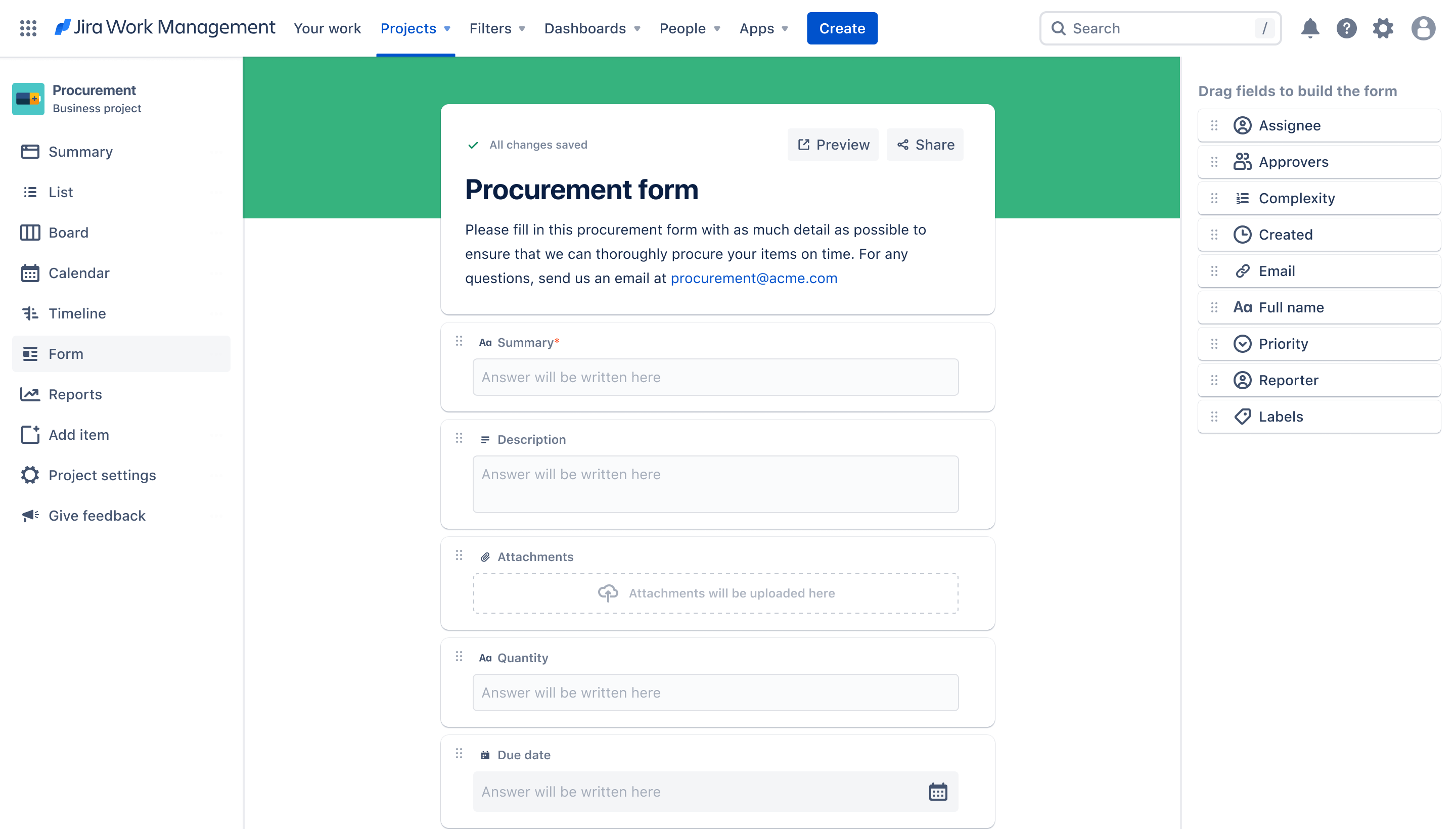
Procurement template
Track all purchases from request to receipt.
best for
Finance
key features
Task planning
Prioritization
Pipeline management
What is a procurement template?
The procurement template helps standardize your purchasing process.
What does the procurement template include?
Board
The Board view provides a Kanban-style visualization of your working process and the status of each task. This allows you to track, organize, and prioritize tasks across columns that represent your workflow.
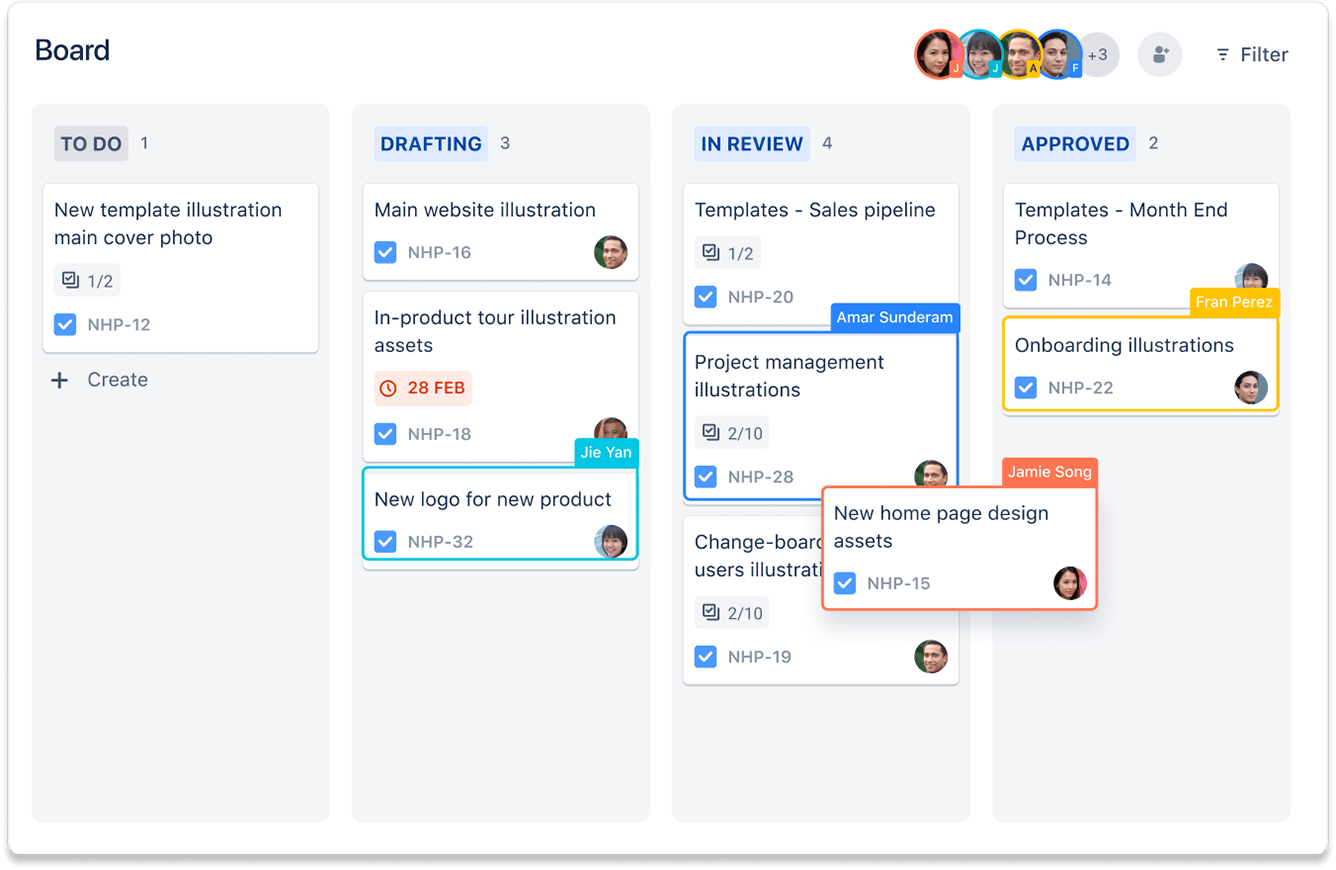
List
The List view sorts all your project’s work into a single list that can be quickly scanned and sorted by field. You can also use the list to add, edit, and view tasks in your project.
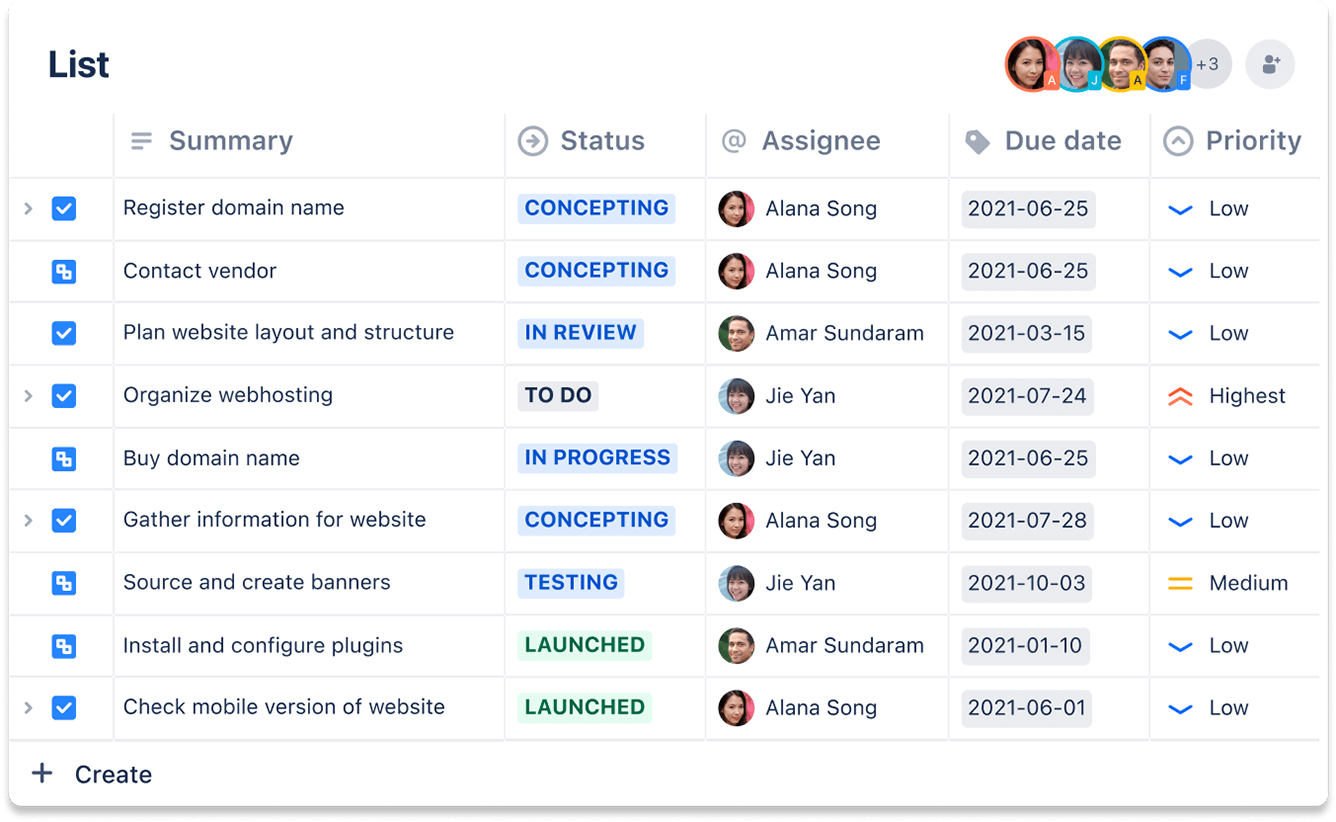
Forms
Easily collect information and capture work requests from other teams or stakeholders in your organization. Create different types of forms to receive different types of work from your stakeholders.
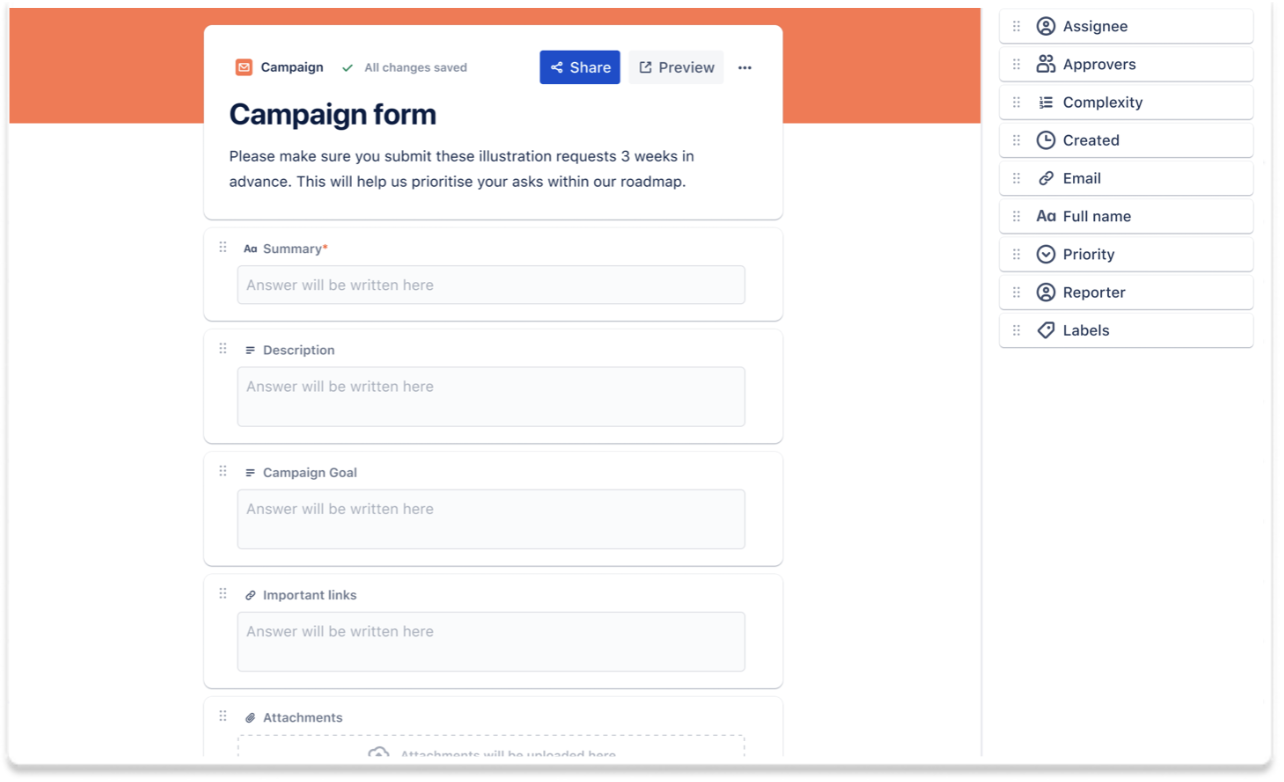
Workflows
No matter the complexity of your processes, create customizable workflows with statuses and transitions that map to any style of work.
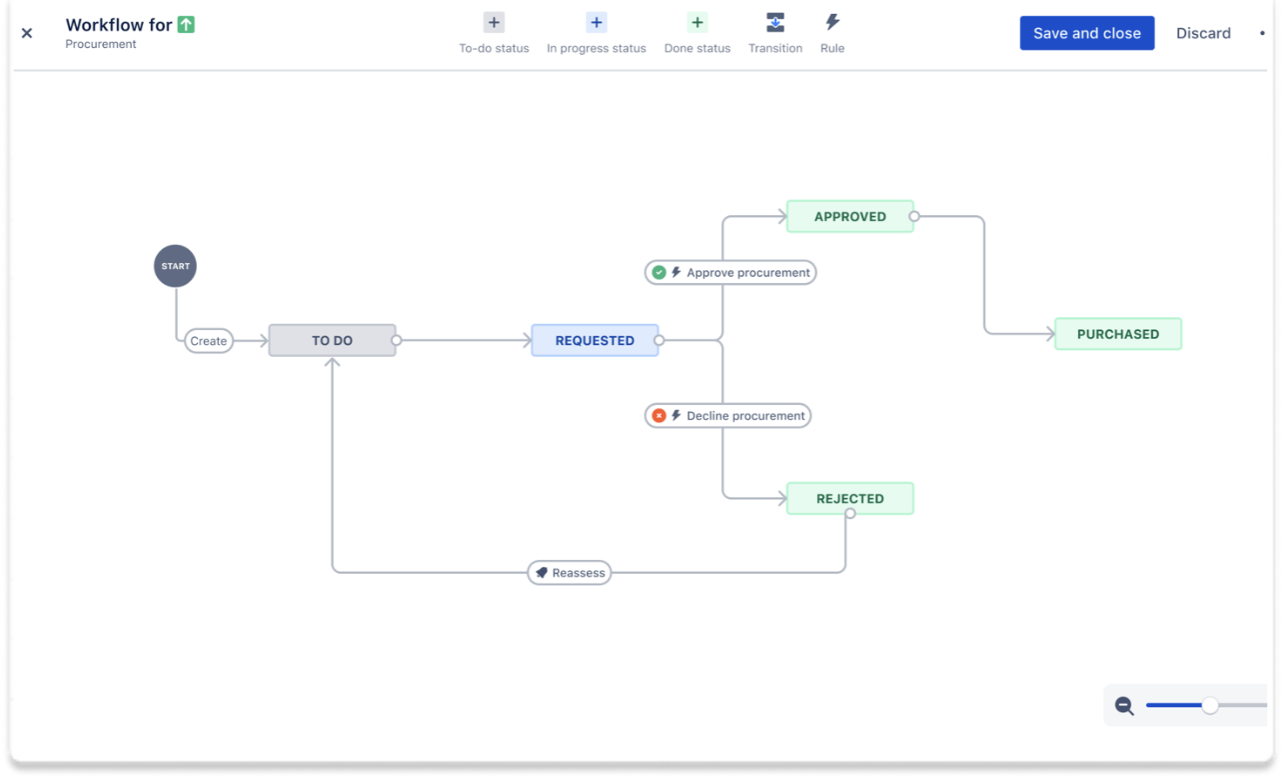
Automations
Use no-code or custom automation rules to support important and frequent actions in your processes, so you don’t miss a single step.
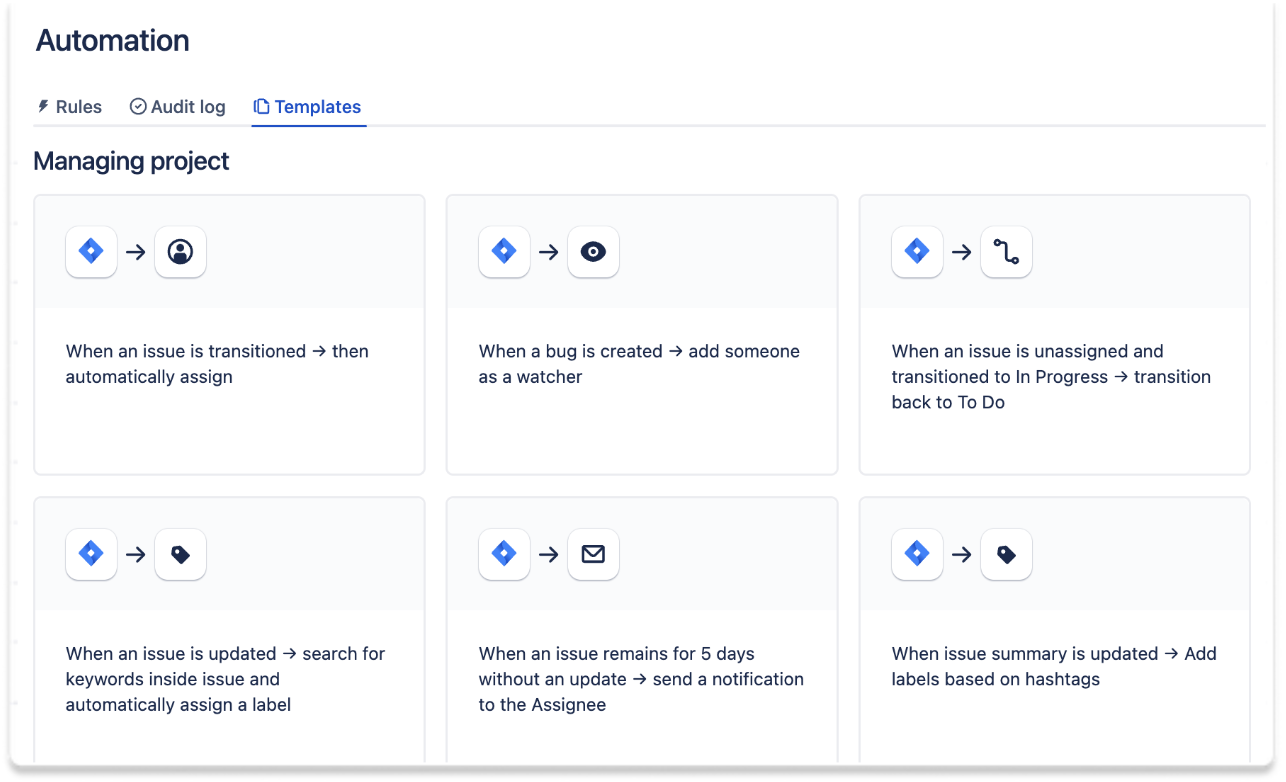
Customized request creation
Tailor your procurement workflow to reflect your team’s unique purchase process.
Built-in purchase tracking
Add quotes, proposals, and due dates to every order to simplify procurement management and filter for issues.
Powerful reporting
Use a range of reports that identify trends on specific people, projects, versions, or issues.
How to get started with the procurement template
This template uses Jira to help your team manage your procurement process.
